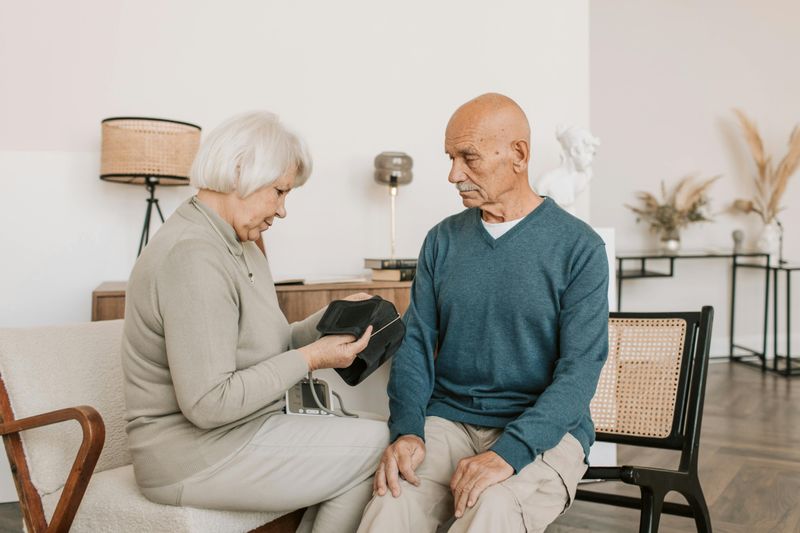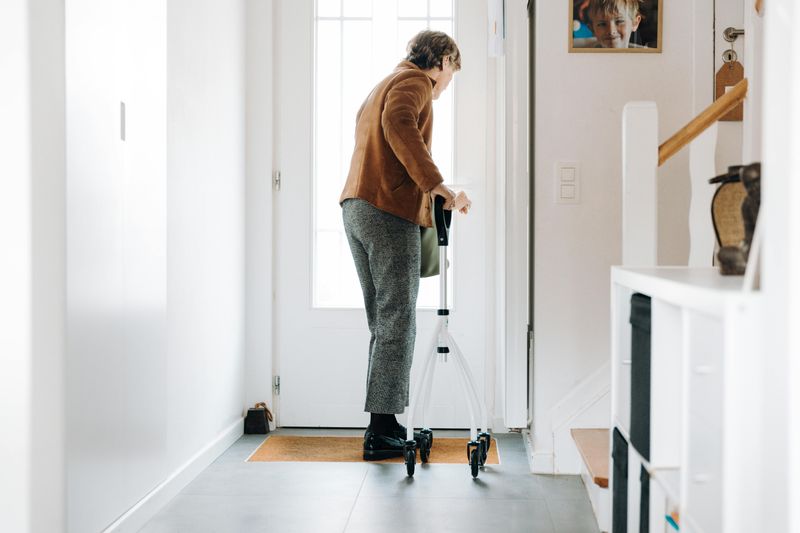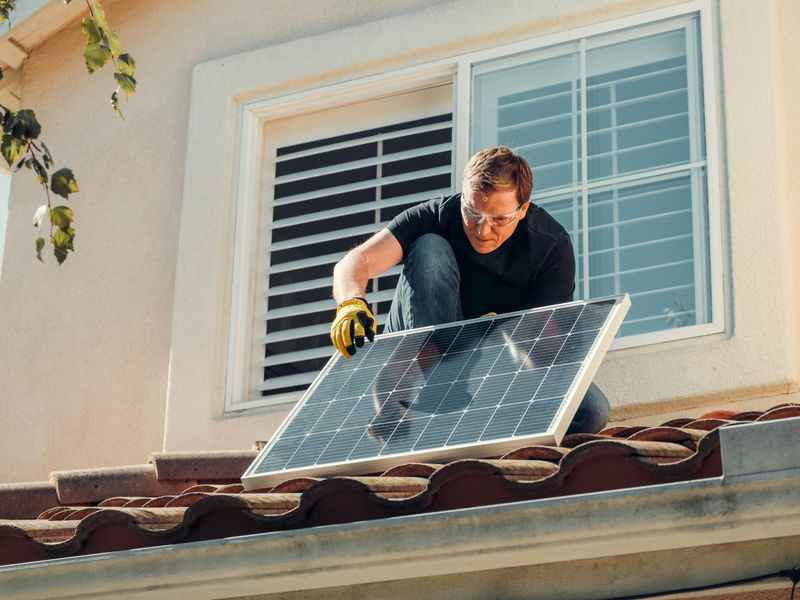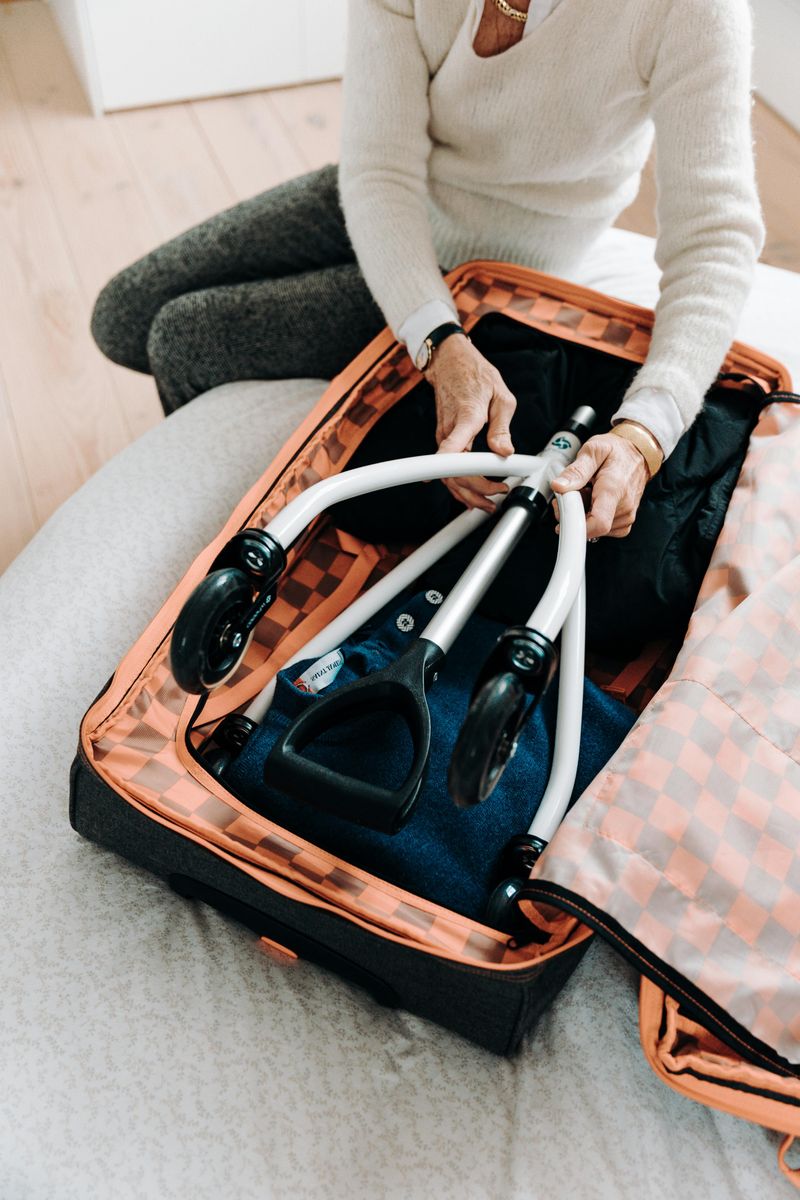11 Smart Purchases Every Boomer Should Consider in Retirement

Retirement brings a new chapter in life, with more free time but often a fixed income. Making smart buying decisions can help your money go further while improving your quality of life. These eleven investments aren’t just purchases—they’re ways to make your golden years safer, more comfortable, and more enjoyable.
1. Reliable, Fuel-Efficient Vehicle

Getting a dependable car can save thousands in repair costs while providing the freedom to visit family or explore new places. Modern vehicles offer better gas mileage and safety features specifically helpful for older drivers, like backup cameras and blind-spot detection.
Consider a hybrid model to slash fuel expenses or look into smaller SUVs that combine comfort with easier entry and exit. Many manufacturers offer senior discounts that dealers won’t mention unless you ask.
Your car should fit your retirement lifestyle—whether that’s road trips across the country or just reliable transportation to appointments and activities in your community.
2. Comprehensive Health Insurance or Supplemental Coverage

Without supplemental coverage, Medicare leaves holes that could quickly drain your savings. A Medigap or Medicare Advantage plan may cost more each month but can shield you from hospital expenses reaching tens of thousands.
Don’t forget to consider dental insurance too—dental problems don’t magically disappear after 65, and Medicare doesn’t cover routine dental care. Vision insurance is another overlooked necessity since most of us need more eye care as we age.
When comparing plans, look beyond premiums to understand deductibles, copays, and maximum out-of-pocket costs to find true value.
3. Quality Home Safety Upgrades

One of retirement’s biggest dangers is falling, which can threaten your freedom. Thoughtful changes such as bathroom grab bars, slip-resistant flooring, and better hallway lighting can reduce the risk and keep costly hospital stays at bay.
Smart doorbells and security systems provide peace of mind, especially for those living alone. Motion-activated night lights eliminate midnight stumbling, while stair railings on both sides of staircases offer crucial support.
These investments typically cost under $1,000 total but can add years of safe, independent living in your own home—potentially saving tens of thousands compared to assisted living facilities.
4. Ergonomic Furniture and Bedding

Your body will thank you for investing in furniture designed to support aging joints and muscles. An adjustable bed can ease back pain and improve circulation, while a supportive recliner with easy-to-use controls helps with mobility issues.
Memory foam mattresses conform to your body, reducing pressure points that cause tossing and turning. Look for chairs with proper lumbar support and armrests at the right height to make standing easier.
The average person spends a third of their life in bed and much of their waking hours sitting—making these purchases some of the most important for daily comfort and preventing chronic pain as you age.
5. Hearing Aids or Vision Enhancements

Many retirees wait until hearing loss severely impacts their lives before getting hearing aids—a mistake that can lead to isolation and even cognitive decline. Today’s hearing technology is nearly invisible, rechargeable, and can connect directly to your phone or TV.
Similarly, investing in quality eyewear with progressive lenses or specialized computer glasses can reduce eye strain and headaches. Cataract surgery, often partially covered by insurance, dramatically improves quality of life.
Maintaining these senses keeps you connected to loved ones and able to enjoy favorite activities like reading, watching movies, or participating in conversations at family gatherings.
6. Home Energy Efficiency Improvements

By learning your schedule, smart thermostats can slash your energy costs by 10 to 15% annually. Pair that with new energy-saving windows, and you’ll keep the cold out and your bills even lower through every season.
Solar panels have become more affordable and typically pay for themselves within 7-10 years—perfect timing for retirement planning. Even simple upgrades like LED lighting throughout your home can save hundreds yearly while providing better illumination.
Many states offer tax incentives or rebates for energy-efficient home improvements, making these upgrades even more attractive for retirees looking to reduce monthly expenses while increasing home comfort.
7. Travel-Friendly Luggage and Accessories

Retirement often means more travel, making lightweight luggage with smooth-rolling wheels worth every penny. Look for spinner suitcases that glide effortlessly through airports without straining shoulders or wrists.
Travel pillows, compression socks, and portable medication organizers might seem like small purchases, but they make long journeys significantly more comfortable. Packing cubes help organize belongings while making unpacking at each destination quicker.
RFID-blocking wallets and crossbody bags provide security against digital theft while keeping essentials accessible. These travel investments pay dividends in comfort and convenience, especially when you’re finally taking those dream trips you’ve worked decades to enjoy.
8. Technology for Communication and Convenience

With their larger displays, tablets make video calls with grandkids or reading large-print e-books effortless, all while staying portable. Voice-activated assistants such as Amazon Echo or Google Home add convenience by setting medication alerts, controlling home tech, and summoning help if needed.
Simplified smartphones designed for seniors provide essential functions without overwhelming complexity. These devices help maintain independence through ride-sharing apps, grocery delivery services, or telehealth appointments.
Learning these technologies now creates valuable connections to family and services that become increasingly important as mobility decreases. Many libraries and senior centers offer free technology classes specifically designed for older adults.
9. Fitness Equipment or Gym Membership

From heart health to fall prevention, regular exercise is essential in retirement. Investing in good walking shoes can inspire you to stay active every day with ease and comfort.
Resistance bands offer gentle strength training that maintains muscle mass without the injury risks of heavy weights. Water aerobics classes through community centers provide excellent low-impact workouts while creating social connections.
Many Medicare Advantage plans now include SilverSneakers benefits, giving free access to thousands of gyms nationwide. This benefit alone can be worth hundreds annually while providing structured environments for safe, effective exercise tailored to older adults.
10. Long-Term Care or Final Expense Planning

Nobody enjoys thinking about end-of-life needs, but addressing them early creates tremendous peace of mind. Long-term care insurance becomes prohibitively expensive after age 70, making early retirement the ideal time to secure coverage.
Prepaid funeral arrangements lock in today’s prices while sparing loved ones difficult decisions during emotional times. Some funeral homes offer payment plans, making this planning more affordable.
Even setting aside funds in a specific account for potential caregiving needs can prevent family conflicts later. These purchases aren’t about giving up—they’re about maintaining control and dignity while protecting the legacy you’ve worked to build for those you love.
11. Quality Hobby or Craft Supplies

Retirement finally provides time to pursue passions that work schedules once limited. Quality tools and materials for hobbies like woodworking, gardening, or painting last longer and provide better results, making the experience more satisfying.
A good camera captures family moments and travel adventures, while comfortable gardening tools with ergonomic grips prevent hand strain during long sessions in the garden. Cooking enthusiasts might invest in that stand mixer or pressure cooker they’ve always wanted.
These aren’t frivolous expenses—they’re investments in mental health and cognitive function. Engaging in creative activities has been shown to reduce dementia risk while providing purpose and joy throughout retirement years.

Comments
Loading…